Both Archaea or Primordial bacteria it concerns cellular life forms in addition to the other groups of bacteria and eukaryotes. At the end of the 1970s, the Archeen were described by the microbiologists Carl Woese and George Fox and classified as an independent group.
What are archaea?
Archaea are unicellular organisms that have DNA (deoxyribonucleic acid) in the form of a circular chromosome. So you don't have a nucleus. Therefore, the archaea are also referred to as a core equivalent.
The archaea are assigned to the prokaryotes. They have no cell organelles but a cytoskeleton to stabilize the cell. The archaea are described as a separate group because they have a different sequence of ribosomal RNA (ribonucleic acid). This applies specifically to the sequence of the RNA of the small ribosomal subunit, the 16sRNA. The ribosomes are used to translate the protein in the synthesis of new proteins.
The archaea are structurally more similar to the eukaryotes than the prokaryotes.
Occurrence, Distribution & Properties
Archaea occur in areas of the world with particularly extreme conditions. There are archaea that need temperatures over 80 degrees Celsius to survive. This form of archaea is called hyper-thermophilic. Other archaea prefer a very high concentration of salt in the solution in which they live. These are described as halophilic.
There are also those who need a particularly acidic environment to live. At a pH value of up to 0 the environment is acidic and the archaea are called acidophilic. Alkalophilic archaea prefer a basic environment with a pH value of up to 10. Barophilic archaea occur in environments that are exposed to high pressure. They are often found in volcanic hot springs, such as in Yellowstone National Park, where they were first discovered.
The forms that are used to high salt contents occur, for example, in the Dead Sea in Israel. Methanogenic archaea live under anoxic conditions. They use hydrogen in their metabolism to generate energy. These occur in fresh water, the earth and also in the sea. They can also live in the form of a symbiosis in the intestines of humans and animals.
Archaea also share some similarities with bacteria. Cell division takes place in a similar way and neither has a nucleus. The cell size is also very similar to that of bacteria. The genes of both organisms are divided into so-called operons. These are DNA units that consist of a promoter, operator and gene. These are more common in prokaryotes, but also occasionally occur in eukaryotes. And both have a similar means of locomotion, the flagellum.
However, the ribosomal RNA of archaea is more complex than that of bacteria. Protein biosynthesis, i.e. transcription and translation, takes place in archaea similar to that in eukaryotes. They have very similar initiation and elongation factors that start protein synthesis.
Archaea also have a TATA box. This is an area of DNA that is rich in thymidines and adenines. It is located in the area of the promoter, so it is usually upstream of the coding gene. In comparison to bacteria and eukaryotes, the fatty acids of the cell membrane are not associated with glycerol molecules.
Some subspecies of the archaea have a cell wall, which can be very different within the archaea. This is due to the environment in which the respective archaea live. In addition, archaea can move relatively quickly. They are autotrophic organisms. They form carbon by absorbing and converting carbon dioxide. There are also some who are heterotrophic. They form carbon from organic compounds that they absorb. Most archaea are anaerobic, they do not need oxygen, it can even be toxic to them.
They are further subdivided into chemoorganotroph or chemolithotroph. You gain energy by metabolizing organic or inorganic compounds.
Meaning & function
Archaea live in symbiosis with humans. They occur in humans in the mouth, the intestines and also the vagina. Often it is Methanobrevibacter smithii, a methanogenic archaea. Archaea have not yet been discovered in infants younger than 2 years of age.
Archaea are mainly found in the human intestinal tract. Along with syntrophic bacteria, archaea play a role in digestion. 'Syntroph' means the 'mutual life' of different organisms. They produce various substances that can be used by the other organism. In this case, the organisms are therefore interdependent. Archaea use the hydrogen produced by bacteria for their methanogenesis. Archaea also break down methane, which is toxic to humans. They have a positive effect on human digestion.
Illnesses & ailments
Archaea are not pathogenic to humans. However, an increased amount of methanogenic archaea has been found in the intestines of people with colon cancer. An increased number of them was also found in inflamed gums and a correlation between the number of them and the severity of periodontitis could be demonstrated.

.jpg)

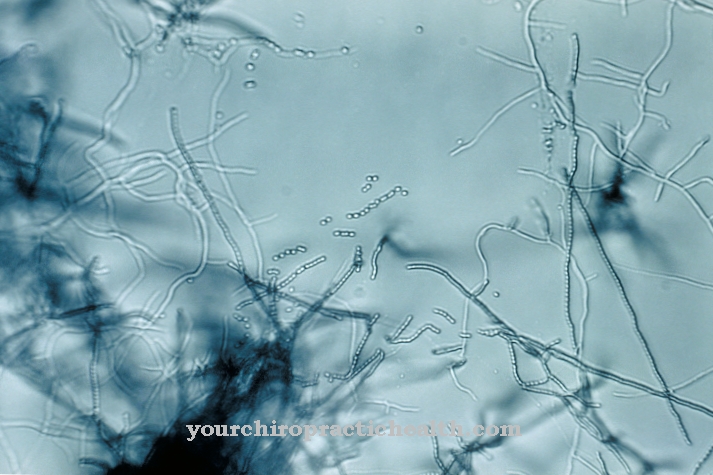


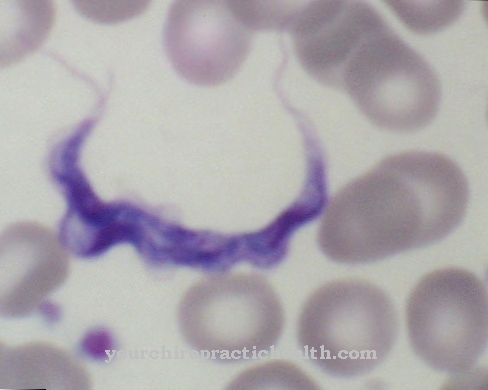

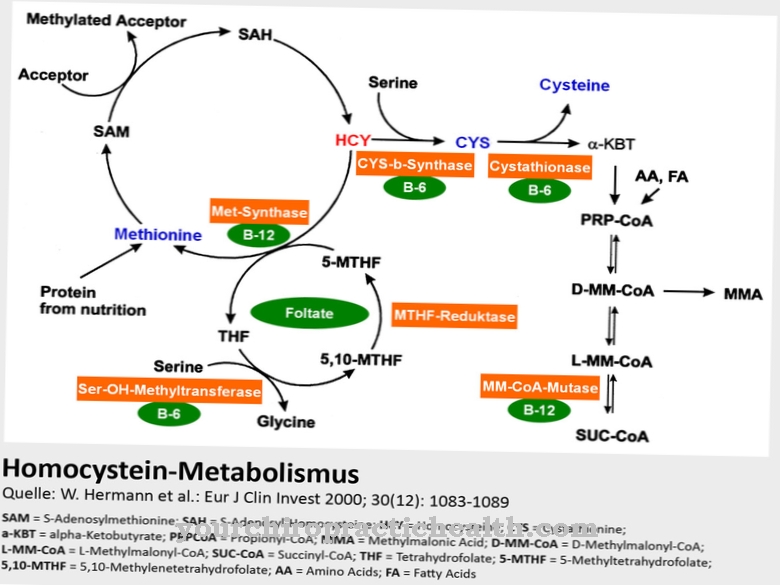



.jpg)




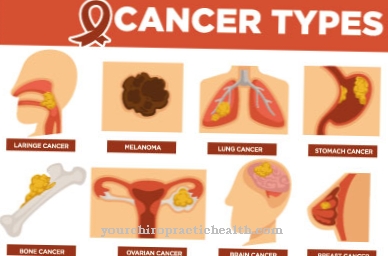

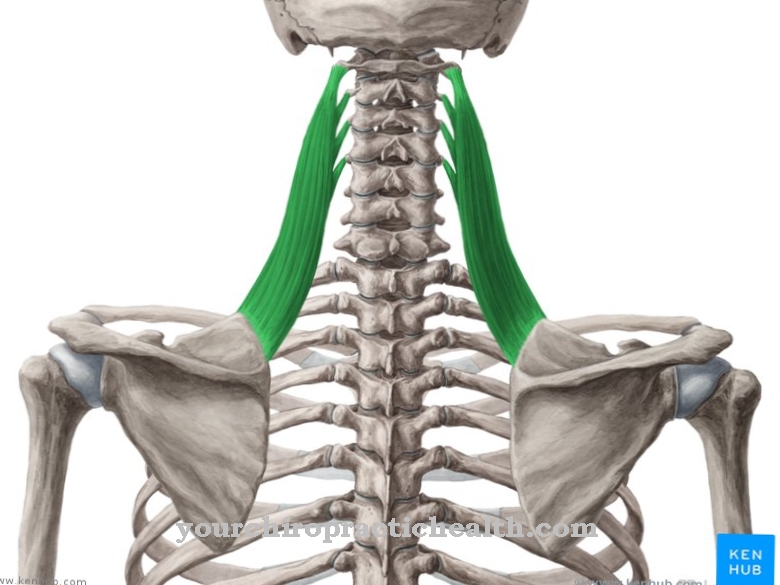


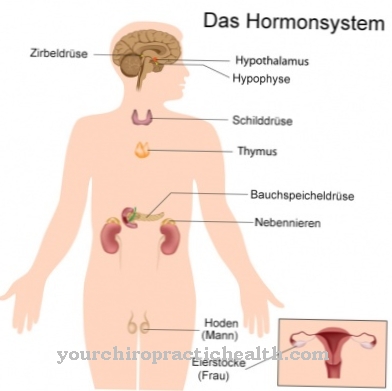


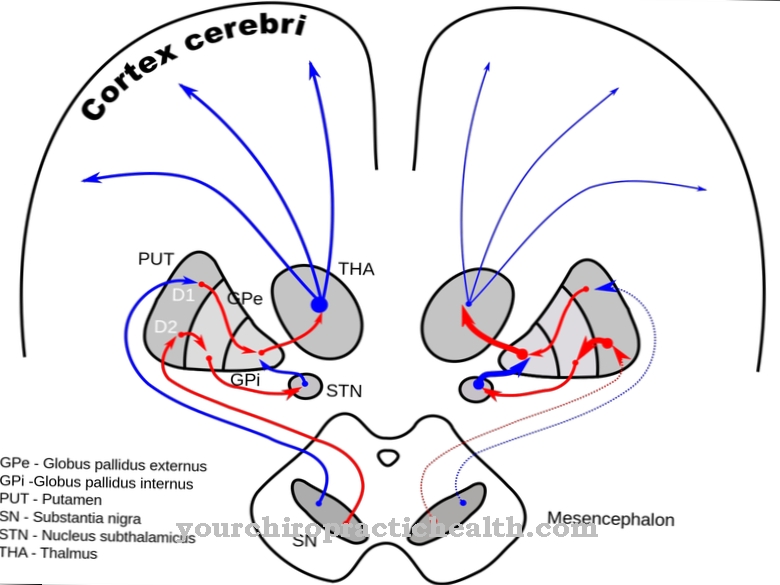


.jpg)